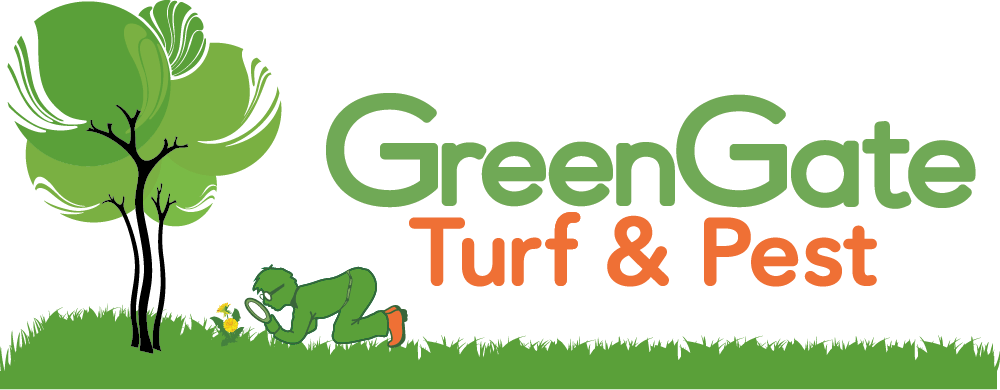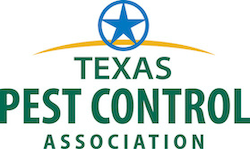Termites
- Termites are small insects that live in colonies and have distinct castes (eusocial) and feed on wood or other dead plant matter.
- Termites are among the most successful groups of insects on Earth, and have colonized most landmasses except Antarctica.
- Their colonies range in size from a few hundred individuals to enormous societies with several million individuals. Termite queens have the longest known lifespan of any insect, with some queens reportedly living up to 30 to 50 years.
- Worker termites undertake the most labour within the colony, and are responsible for foraging, food storage, and brood and nest maintenance
- The soldier caste has anatomical and behavioral specializations, and their sole purpose is to defend the colony. Many soldiers have large heads with highly modified powerful jaws so enlarged they cannot feed themselves. For this reason, they are fed by workers like juveniles.
- The reproductive caste of a mature colony includes a fertile female and male, known as the queen and king. The queen of the colony is responsible for egg production for the colony.
- Because the worker and soldier castes lack wings and thus never fly, and the reproductives use their wings for just a brief amount of time, termites predominantly rely upon their legs to move about.
- Foraging behaviour depends on the type of termite. For example, certain species feed on the wood structures they inhabit, and others harvest food that is near the nest.
- Most workers are rarely found out in the open, and do not forage unprotected; they rely on sheeting and runways to protect them from predators. Subterranean termites construct tunnels and galleries to look for food, and workers who manage to find food sources recruit additional nestmates by depositing a phagostimulant pheromone that attracts workers.
References
Wikipedia contributors. “Termite.” Wikipedia, The Free Encyclopedia. Wikipedia, The Free Encyclopedia, 25 Sep. 2022. Web. 28 Sep. 2022.







